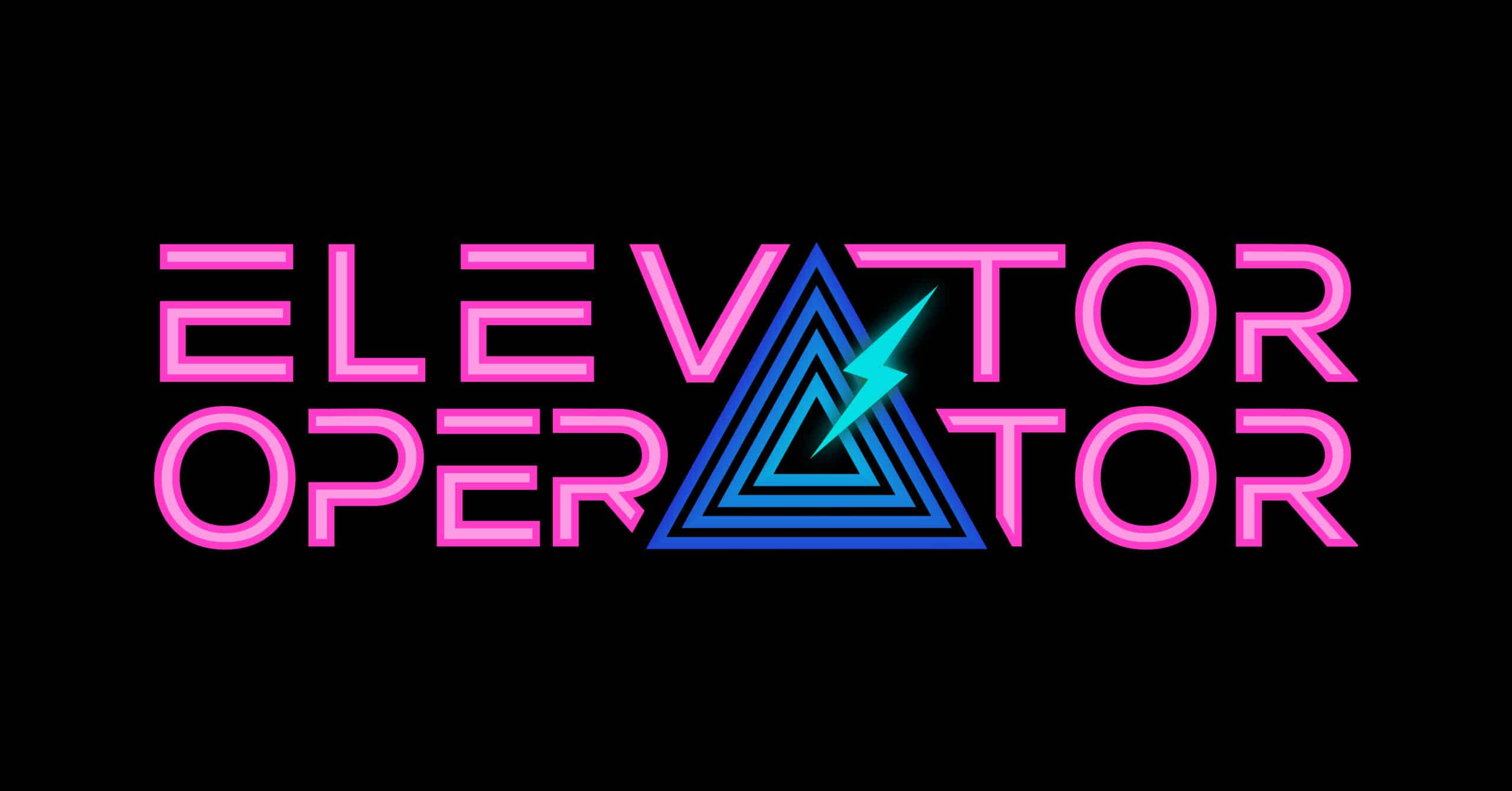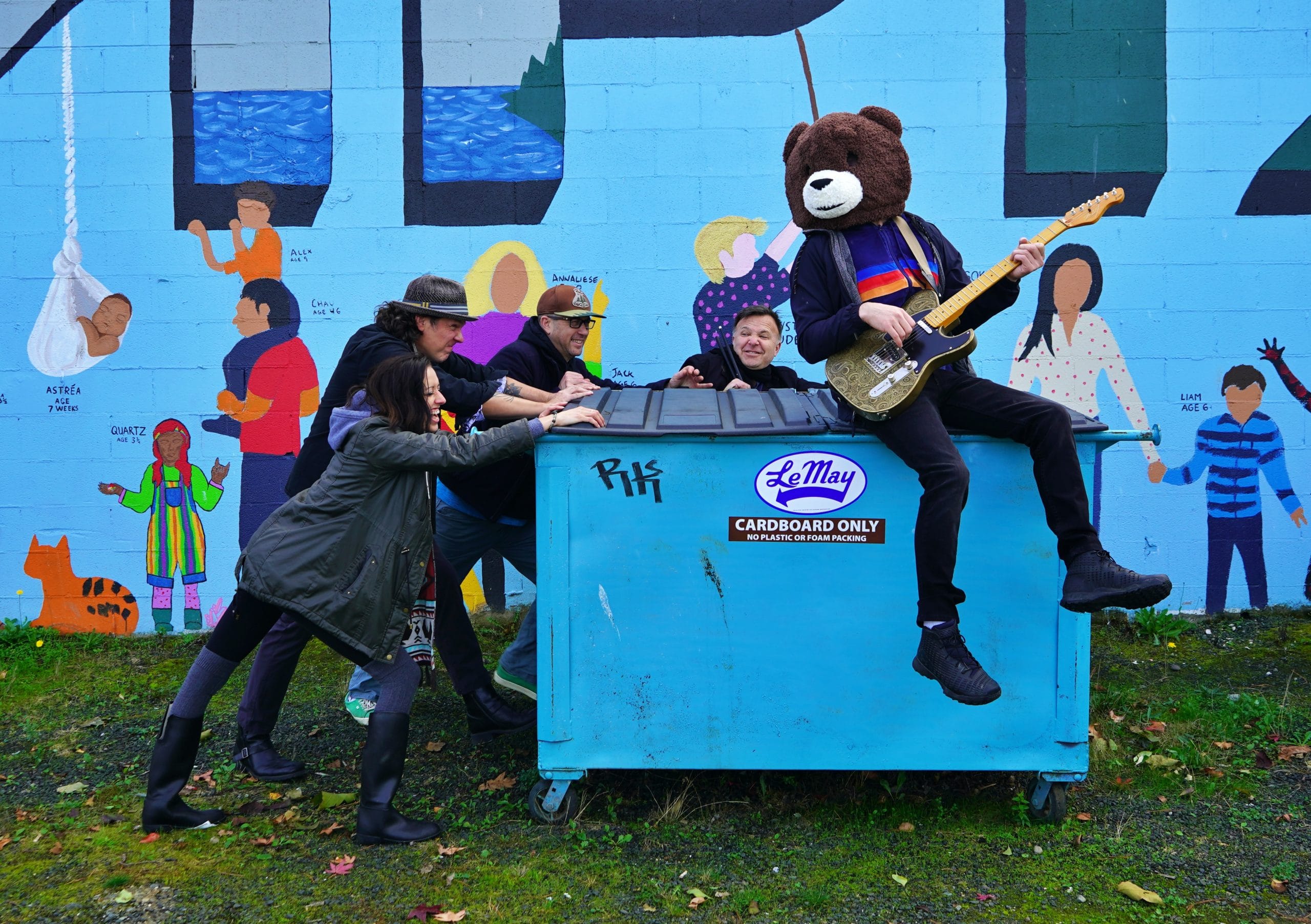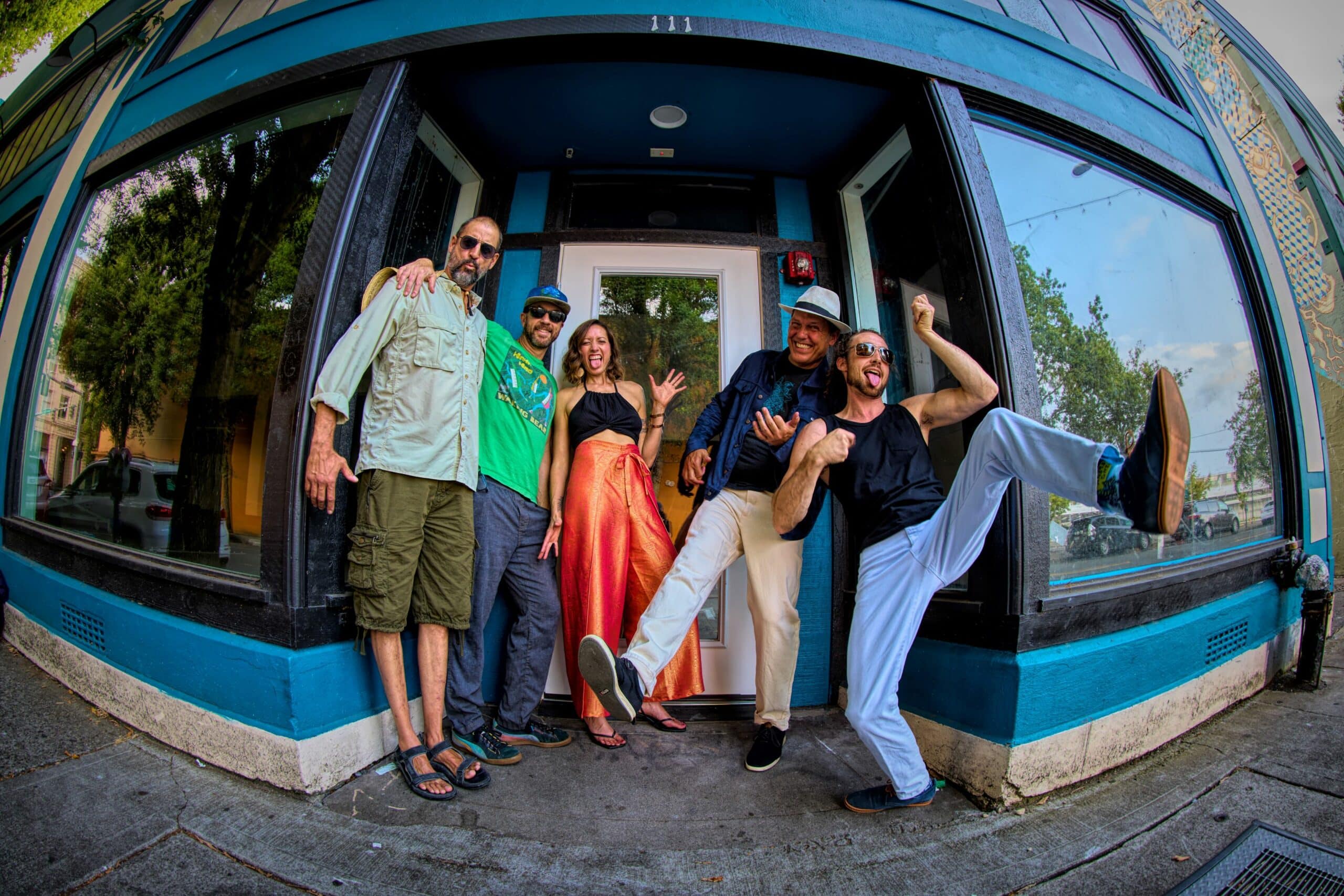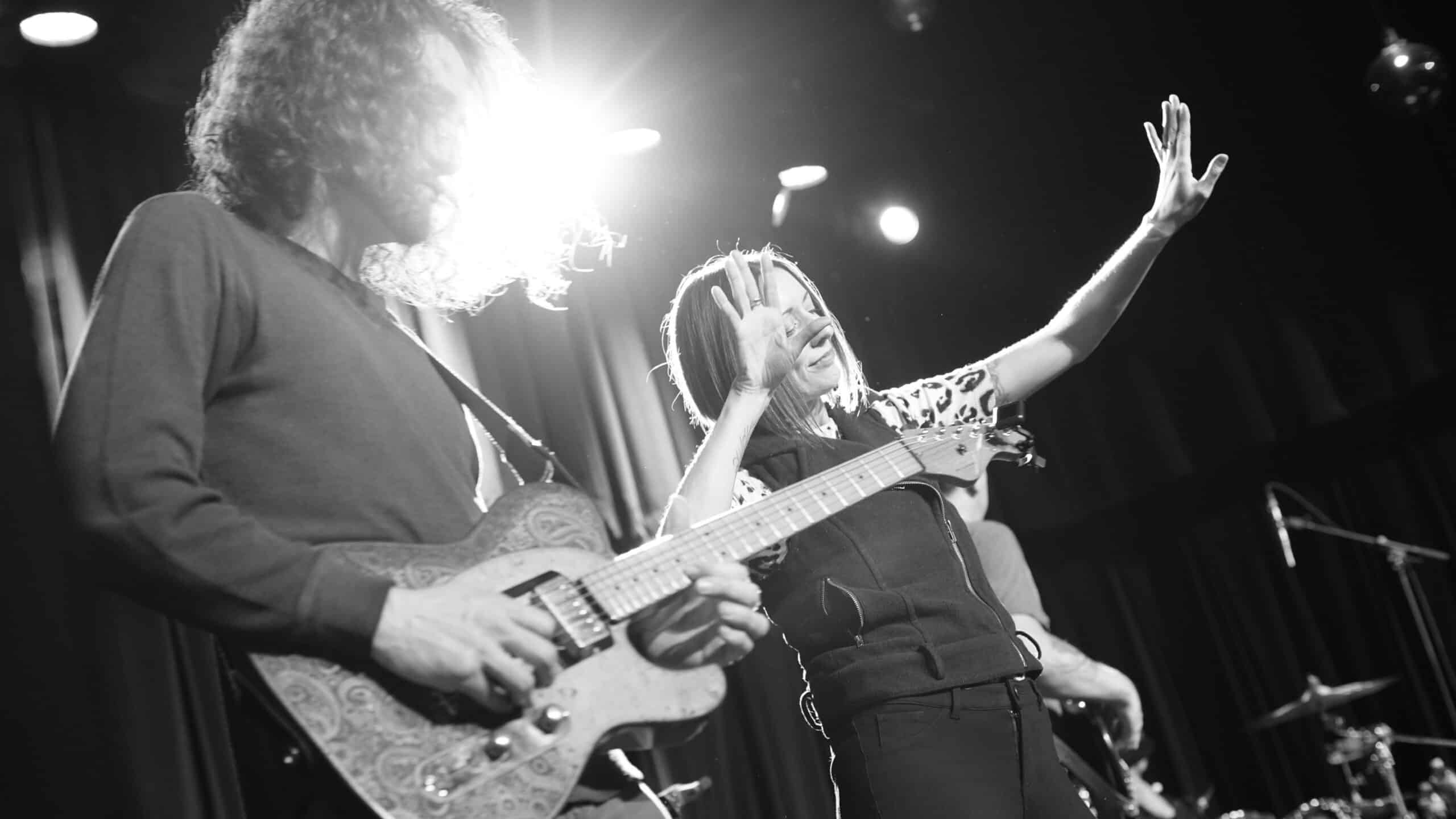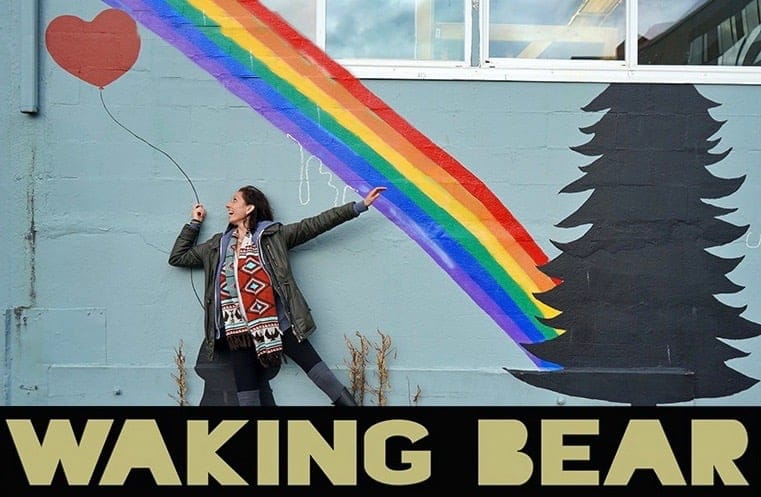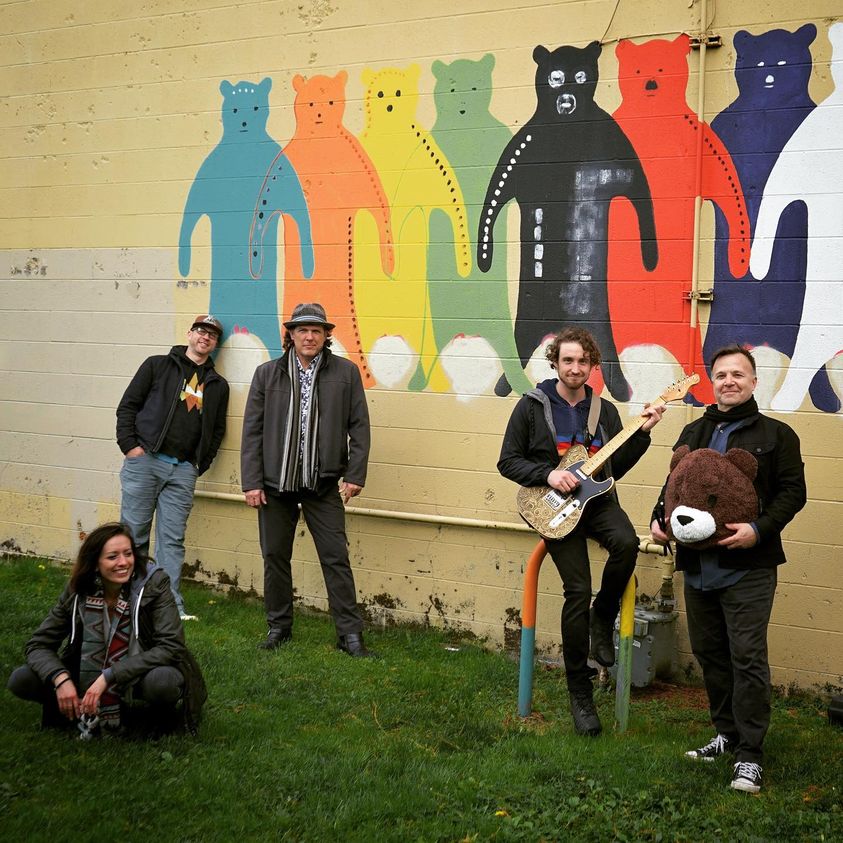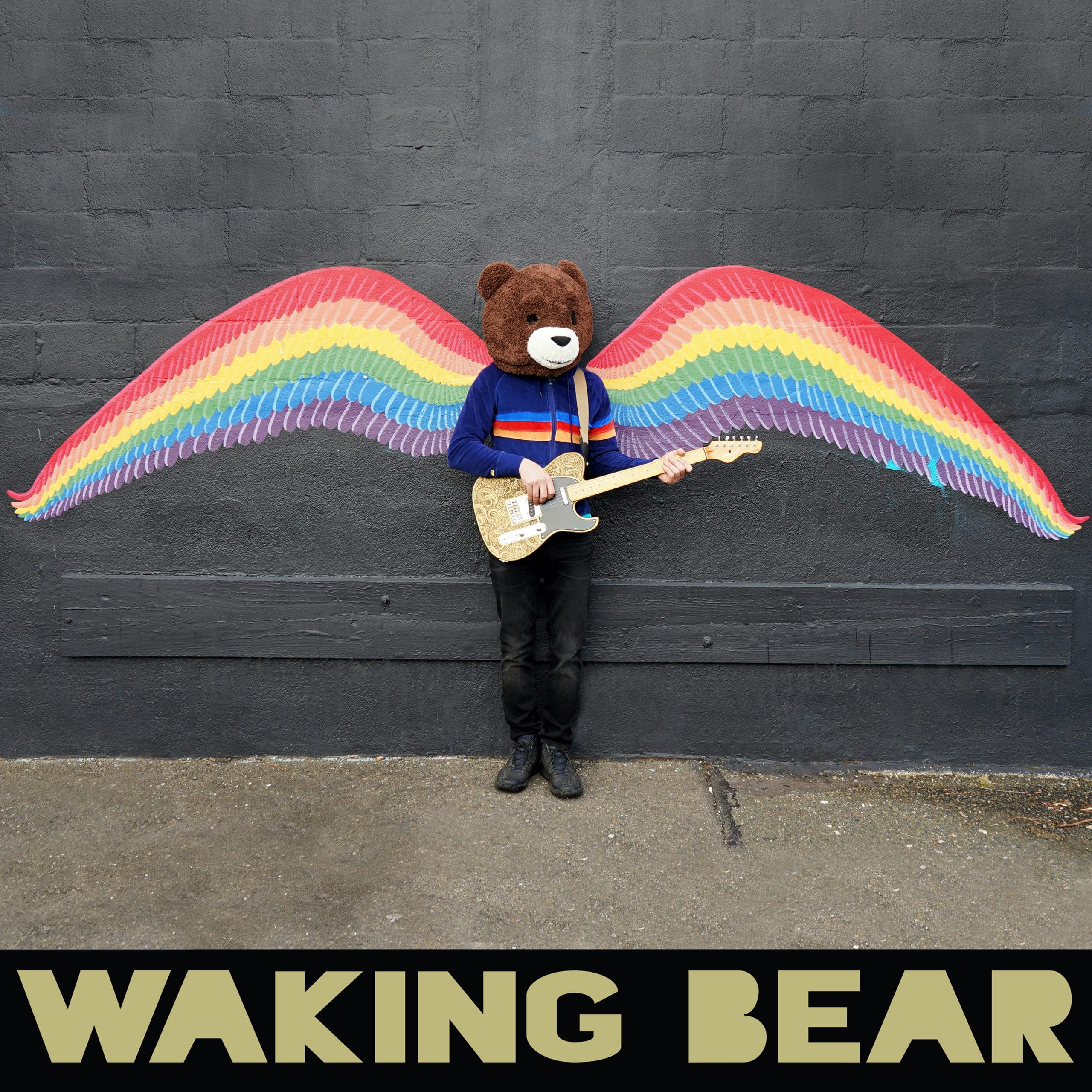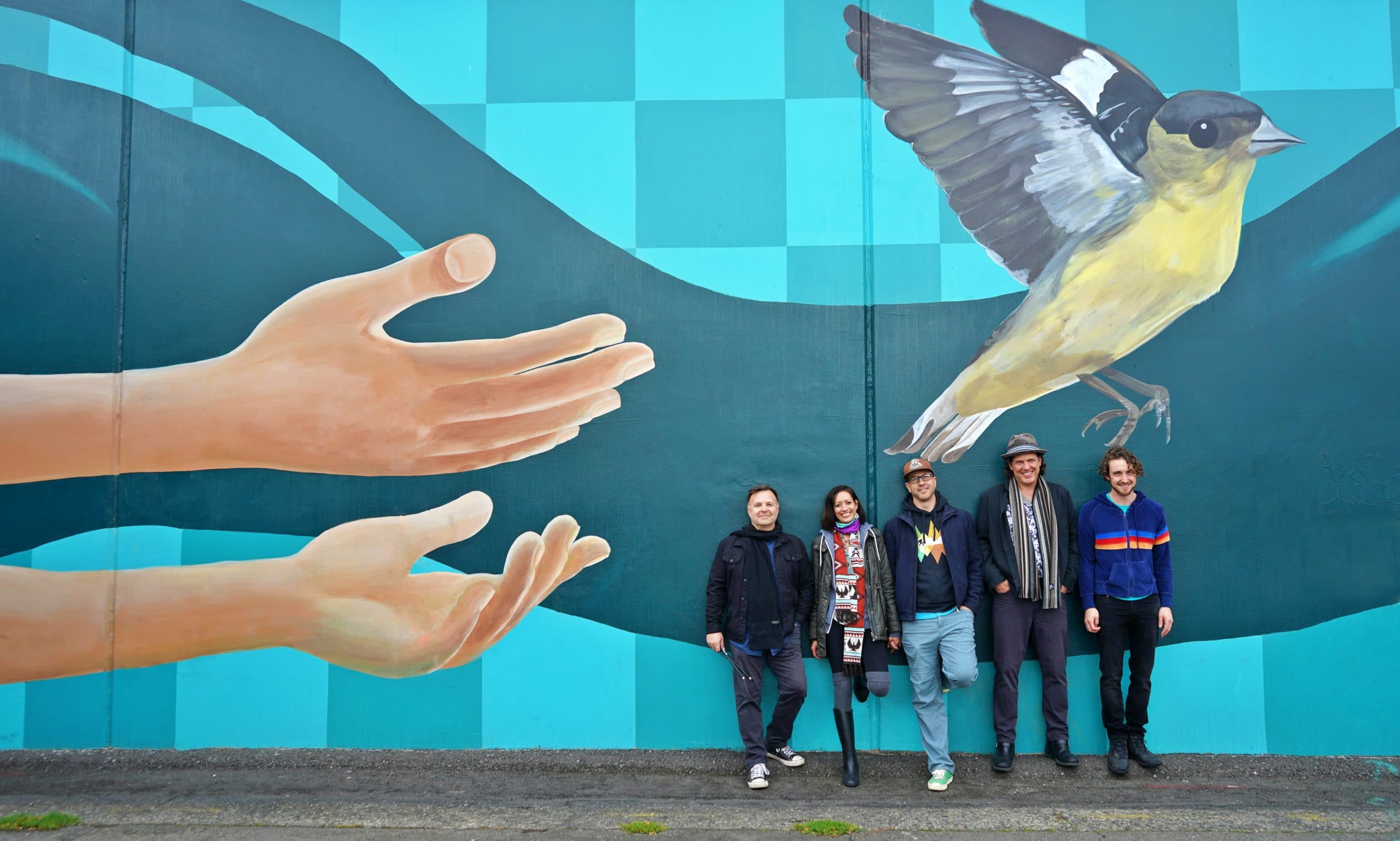There are visions of mermaids commonly seen in dreams. A mermaid carries the dreamer under the water to her lair, and in the depths she gives instructions. The truths of mystical reality and magic are taught. Afterward, the dreamer wakes to their bed, their normal life, now with occult secrets.
This is the most common form of contact with la Sirène, a mermaid from Haitian Vodou (sometimes Voodoo). She is a Loa (or Lwa) — a god, spirit, genius. She has many attestations. And while some seek her for initiation into hidden knowledge, she is also feared for her powers to lure and kill those that disrespect her.
La Sirène is a fascinating mermaid, with a complex mythology and rich symbol system. But to understand her, we must first gain an understanding of Haitian Vodou — a deeply misunderstood religion.
So let’s take a deep dive into the world of la Sirène, the mermaid of Vodou.
Haitian Vodou
Popular images of Vodou range from misleading to downright racist. When we hear the word, the first thing that often comes to mind are witches crafting toys to torture enemies from afar. But Voodoo Dolls and curses do not represent the magnificent spiritual tapestry of this syncretic religion.
The Yoruba people of modern day Nigeria built a dynamic culture that was carried over to the Americas through the Atlantic Slave Trade. As people were forced away from their homeland in brutal conditions, they maintained their identities through religious practice. That is why Yoruba is seen as the mother of Haitain Vodou, as well as Santería in Cuba and Candomblé in Brazil.
Haitians developed these beliefs and created a highly sophisticated religious system. But when we speak about it, we can only speak in generalities. There is no central authority in Vodou. And so local practices are almost always specific to the area. Some of these branched off into their own separate systems — consider Louisiana Voodoo as a perfect example.
Vodou believes that there is one supreme god named Bondyé. Bondyé is the creator of all things, but this god is so transcendentally powerful that there is little purpose in contact. Bondyé has no concern for the petty happenings of a human life. That’s why practitioners seek out help from the loa, minor divinities.
The Loa / Lwa
These loa can talk to us in our dreams and through possession, and rituals have been created to appease the loa and ask them for help.
The loa are grouped into nations, with the Petwo and Rada composing the largest of these. The Petwo are dangerous, transgressive, and involved with seedy concerns like money. The Rada are more cool tempered and righteous, though somewhat weaker than the Petwo.
While Vodou has no single set of moral codes, different lwa give believers guidance for how to live. But this guidance isn’t made up of “shalts” and “shalt nots.” Instead, they provide themes and ways of being. In Vodou, it is important to build a positive relationship with loa, and as you do this, it will guide your life.
Many loa have been syncretized (or merged with) Catholic saints, and this relationship has created even more diversity of belief.
The culture of Vodou is also highly advanced. It has been criticized by some conservative Christian commentators for its gender equality, as women are allowed to hold the same ritual positions as men. There is also tolerance for queer identity, as sexual preference is considered given to us by the loa.
With this brief background in Haitian Vodou, we can see that it is a powerful and noble spiritual tradition. It is far from the stereotyped images we are fed by popular culture. Movies and television shows reach for “Voodoo” when they need a source of vindictive magic — a depiction that could not be further from the truth.
La Sirène
Water dominates Haitian life, and so it is no wonder that there are many religious beliefs centered on it. The Lord of the Water is Agwé, and his consort is la Sirène.
La Sirène is shown as a beautiful woman with a fish’s tail for legs. She holds a mirror, a portal between our mundane world and the mystical realm. Because she lives at the border (between the ordinary and the magical, between the world of land and the world of the ocean), la Sirène is the keeper of occult wisdom.
As her name suggests, she also has the most beautiful voice of all the loa — she is known as the Queen of the Choir. And her musical connection does not stop there, she owns a golden trumpet. If you should have the good luck of discovering it, you will live a life of wealth.
Her image is said to bring good luck, particularly for sailors, and it is used in many contexts: in the home, on ships, and at lottery drawings.
But despite all of these positive associations, there is good reason to fear her, as well. If practitioners fail to worship her reverently or pay debts to her, she will use her physical and vocal beauty to lure them to an early grave. She is also said to kidnap babies to raise them in her underwater lair.
As we can see, la Sirène is a complicated goddess. She makes for a great ally and a terrifying enemy. Perhaps that is why she is given so much reverence and worship in Vodou ceremonies.
Because she is so popular, she has been given many, many specific features. For instance: her number is 7, she prefers champagne, her bird is the dove, her favorite offerings include cigarettes, seashells, desserts, and perfumes.
La Sirène adds so much depth and lore to our understanding of mermaids, and here we only present a brief introduction to her. She represents one of the most comprehensive and well recorded images of a water spirit and mermaid you are likely to find. What’s more, she presents mermaid lovers with a gateway into understanding one of the great spiritual traditions of humanity.
[mysocial]
